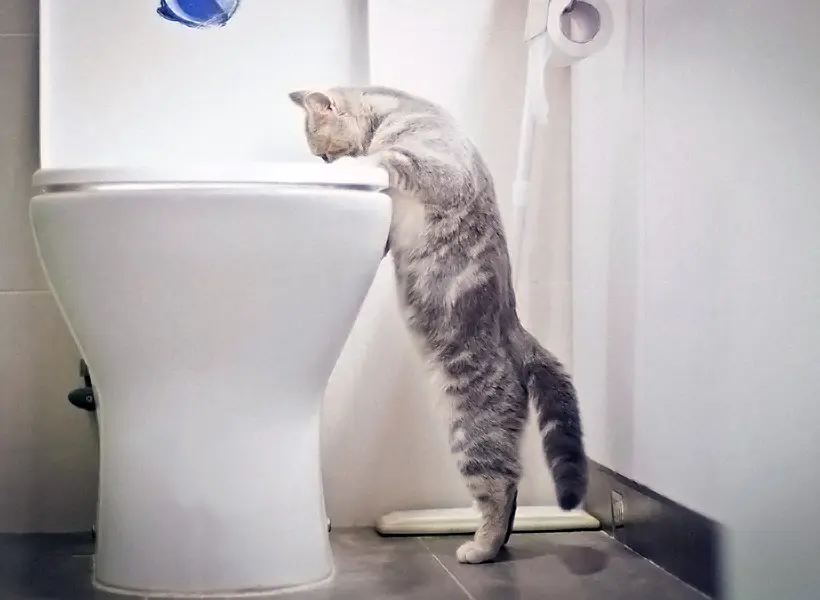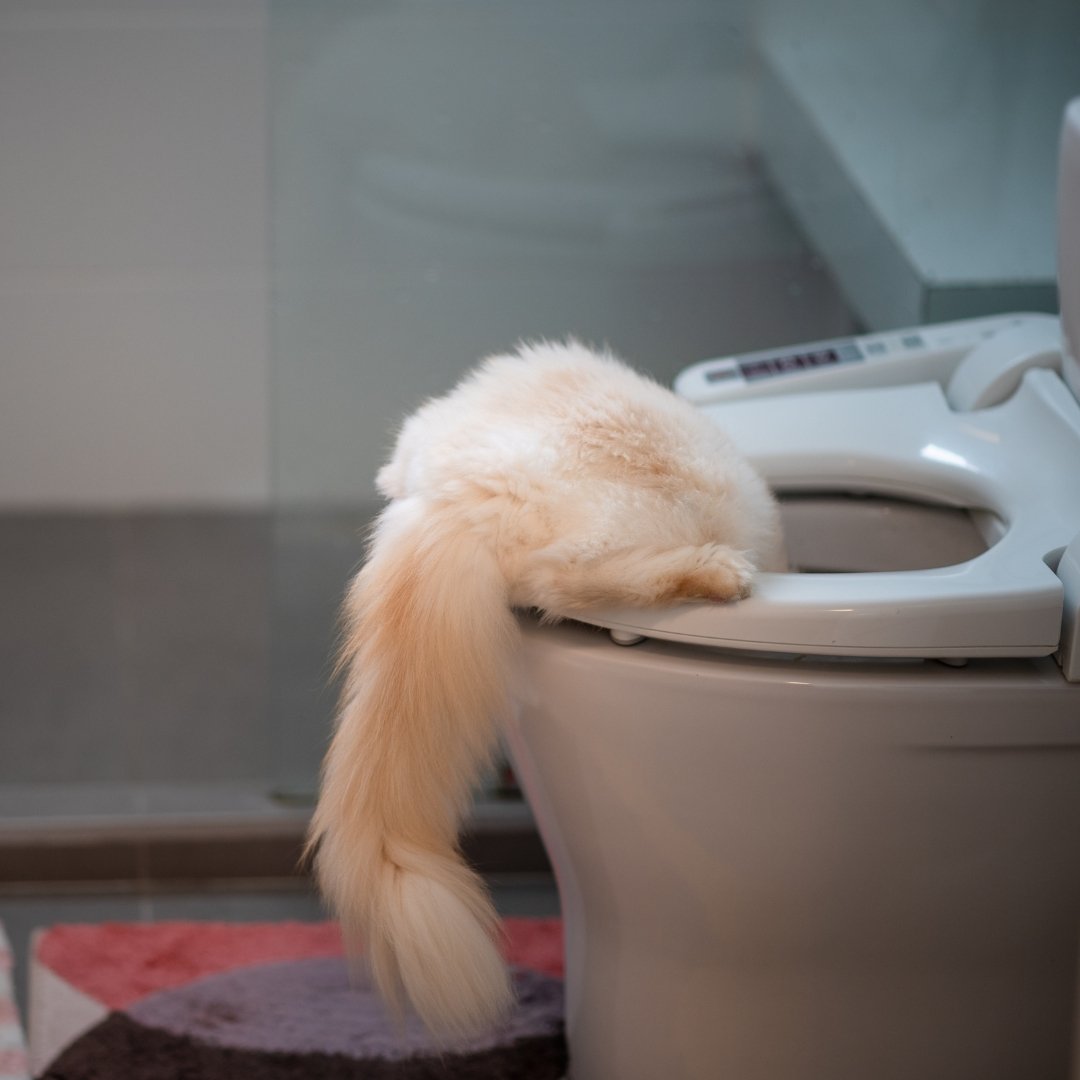Reasons You Shouldn't Flush Cat Poop Down Your Toilet - Maintain Your Pipe System
Reasons You Shouldn't Flush Cat Poop Down Your Toilet - Maintain Your Pipe System
Blog Article
The article in the next paragraphs on the subject of How to Dispose of Cat Poop and Litter Without Plastic Bags is incredibly enlightening. Have a go and make your own assumptions.

Introduction
As cat owners, it's vital to bear in mind exactly how we deal with our feline close friends' waste. While it may seem hassle-free to purge pet cat poop down the toilet, this practice can have damaging repercussions for both the atmosphere and human wellness.
Alternatives to Flushing
Thankfully, there are safer and more responsible ways to deal with cat poop. Take into consideration the complying with options:
1. Scoop and Dispose in Trash
One of the most usual technique of getting rid of pet cat poop is to scoop it right into a naturally degradable bag and throw it in the trash. Be sure to utilize a committed clutter scoop and dispose of the waste quickly.
2. Usage Biodegradable Litter
Choose eco-friendly pet cat trash made from materials such as corn or wheat. These clutters are environmentally friendly and can be safely dealt with in the garbage.
3. Hide in the Yard
If you have a backyard, think about hiding cat waste in a designated location far from vegetable gardens and water resources. Make sure to dig deep adequate to avoid contamination of groundwater.
4. Mount a Pet Waste Disposal System
Buy a pet waste disposal system specifically made for cat waste. These systems utilize enzymes to break down the waste, minimizing odor and environmental impact.
Health Risks
Along with ecological problems, purging feline waste can also pose wellness risks to humans. Pet cat feces may include Toxoplasma gondii, a parasite that can cause toxoplasmosis-- a potentially serious health problem, particularly for expecting females and individuals with weakened body immune systems.
Ecological Impact
Purging pet cat poop introduces damaging microorganisms and bloodsuckers right into the supply of water, posing a significant risk to water environments. These pollutants can negatively impact aquatic life and compromise water quality.
Verdict
Liable pet possession extends past providing food and sanctuary-- it likewise involves proper waste management. By avoiding flushing feline poop down the toilet and choosing alternate disposal approaches, we can minimize our environmental footprint and safeguard human health and wellness.
Why Can’t I Flush Cat Poop?
It Spreads a Parasite
Cats are frequently infected with a parasite called toxoplasma gondii. The parasite causes an infection called toxoplasmosis. It is usually harmless to cats. The parasite only uses cat poop as a host for its eggs. Otherwise, the cat’s immune system usually keeps the infection at low enough levels to maintain its own health. But it does not stop the develop of eggs. These eggs are tiny and surprisingly tough. They may survive for a year before they begin to grow. But that’s the problem.
Our wastewater system is not designed to deal with toxoplasmosis eggs. Instead, most eggs will flush from your toilet into sewers and wastewater management plants. After the sewage is treated for many other harmful things in it, it is typically released into local rivers, lakes, or oceans. Here, the toxoplasmosis eggs can find new hosts, including starfish, crabs, otters, and many other wildlife. For many, this is a significant risk to their health. Toxoplasmosis can also end up infecting water sources that are important for agriculture, which means our deer, pigs, and sheep can get infected too.
Is There Risk to Humans?
There can be a risk to human life from flushing cat poop down the toilet. If you do so, the parasites from your cat’s poop can end up in shellfish, game animals, or livestock. If this meat is then served raw or undercooked, the people who eat it can get sick.
In fact, according to the CDC, 40 million people in the United States are infected with toxoplasma gondii. They get it from exposure to infected seafood, or from some kind of cat poop contamination, like drinking from a stream that is contaminated or touching anything that has come into contact with cat poop. That includes just cleaning a cat litter box.
Most people who get infected with these parasites will not develop any symptoms. However, for pregnant women or for those with compromised immune systems, the parasite can cause severe health problems.
How to Handle Cat Poop
The best way to handle cat poop is actually to clean the box more often. The eggs that the parasite sheds will not become active until one to five days after the cat poops. That means that if you clean daily, you’re much less likely to come into direct contact with infectious eggs.
That said, always dispose of cat poop in the garbage and not down the toilet. Wash your hands before and after you clean the litter box, and bring the bag of poop right outside to your garbage bins.
https://trenchlesssolutionsusa.com/why-cant-i-flush-cat-poop/

I was made aware of that editorial on Don’t flush cat feces down the toilet through someone on our other website. Sharing is good. Helping people is fun. Many thanks for taking the time to read it.
Customer Reviews Report this page